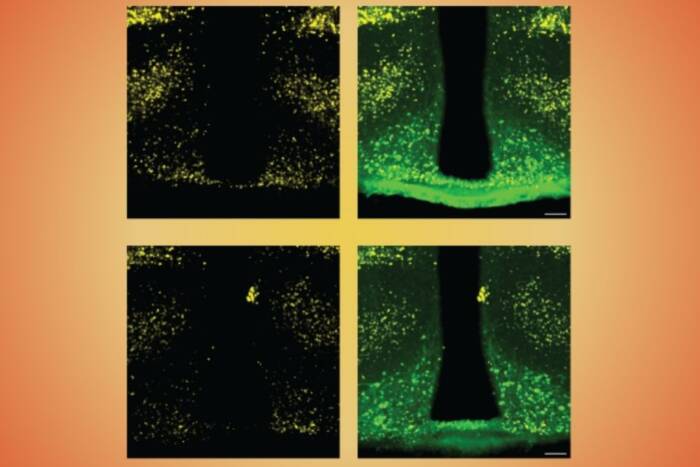In brief: How the immune system curbs its own mistakes
When we encounter a pathogen, the immune system is usually able to respond quickly and forcefully to protect us from infection. Some of its preparedness is inherent in the process by which white blood cells called B cells make antibodies, proteins fine-tuned to recognize a specific invader. Within structures called germinal centers, B cells undergo many mutations to diversify—and when a pathogen attacks, those cells making the most potent antibodies are singled out and start multiplying quickly.
This system carries a risk, however: if not kept in check, the high mutation rates of B cells, along with their rapid proliferation, may destabilize the genome and lead to cancer. In recent findings published in Science, Christian Mayer, a postdoctoral fellow in Michel Nussenzweig’s laboratory, shed light on how the dangerous behavior of B cells is curbed by apoptosis, a process that programs cells to die. The researchers found that apoptosis is controlled differently within two zones of the germinal center, and high rates of apoptosis keep the size of these structures stable over time.
These findings could provide clues for developing prevention or treatment strategies for certain categories of lymphoma, cancers that arise in germinal centers.



